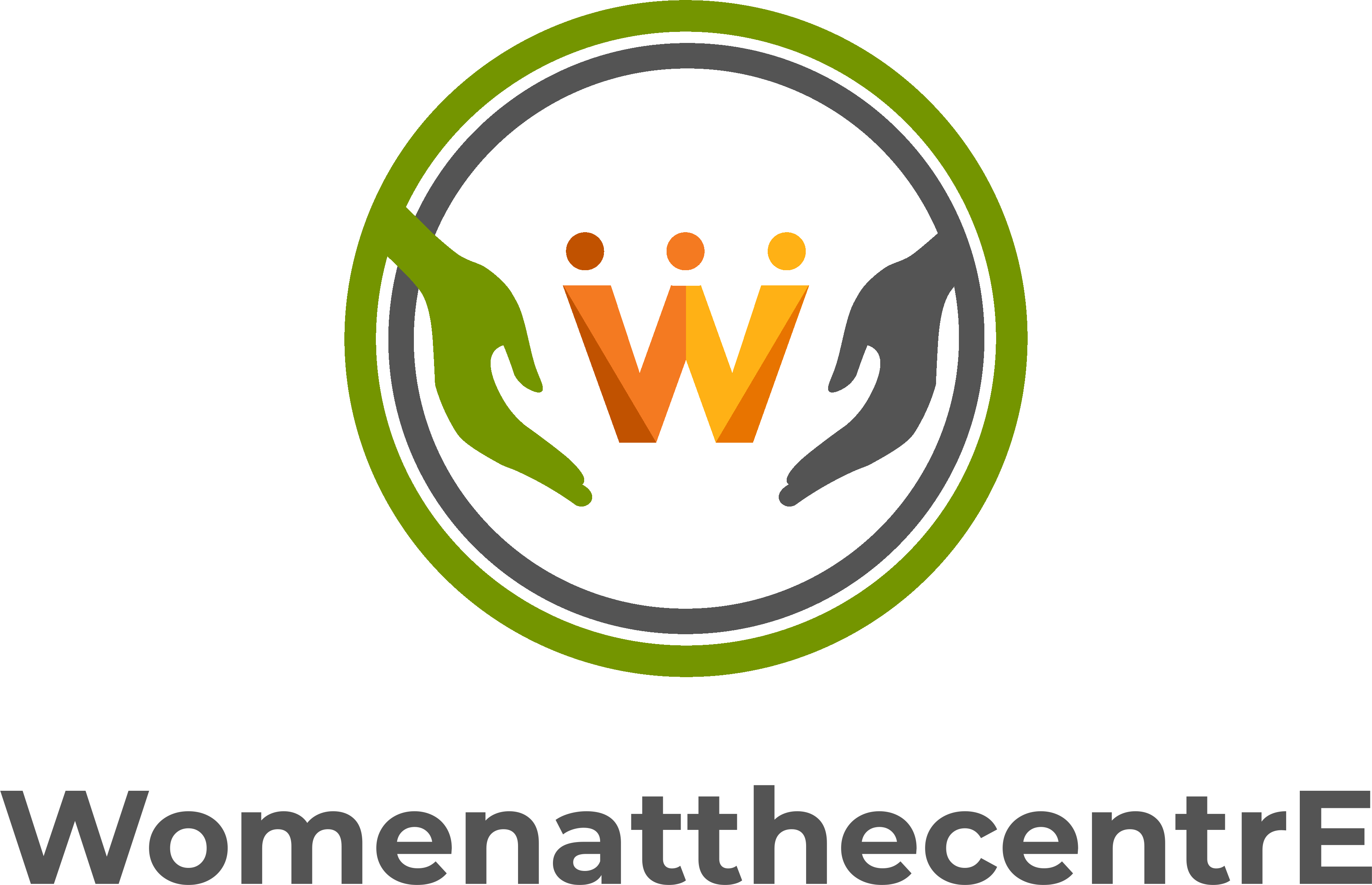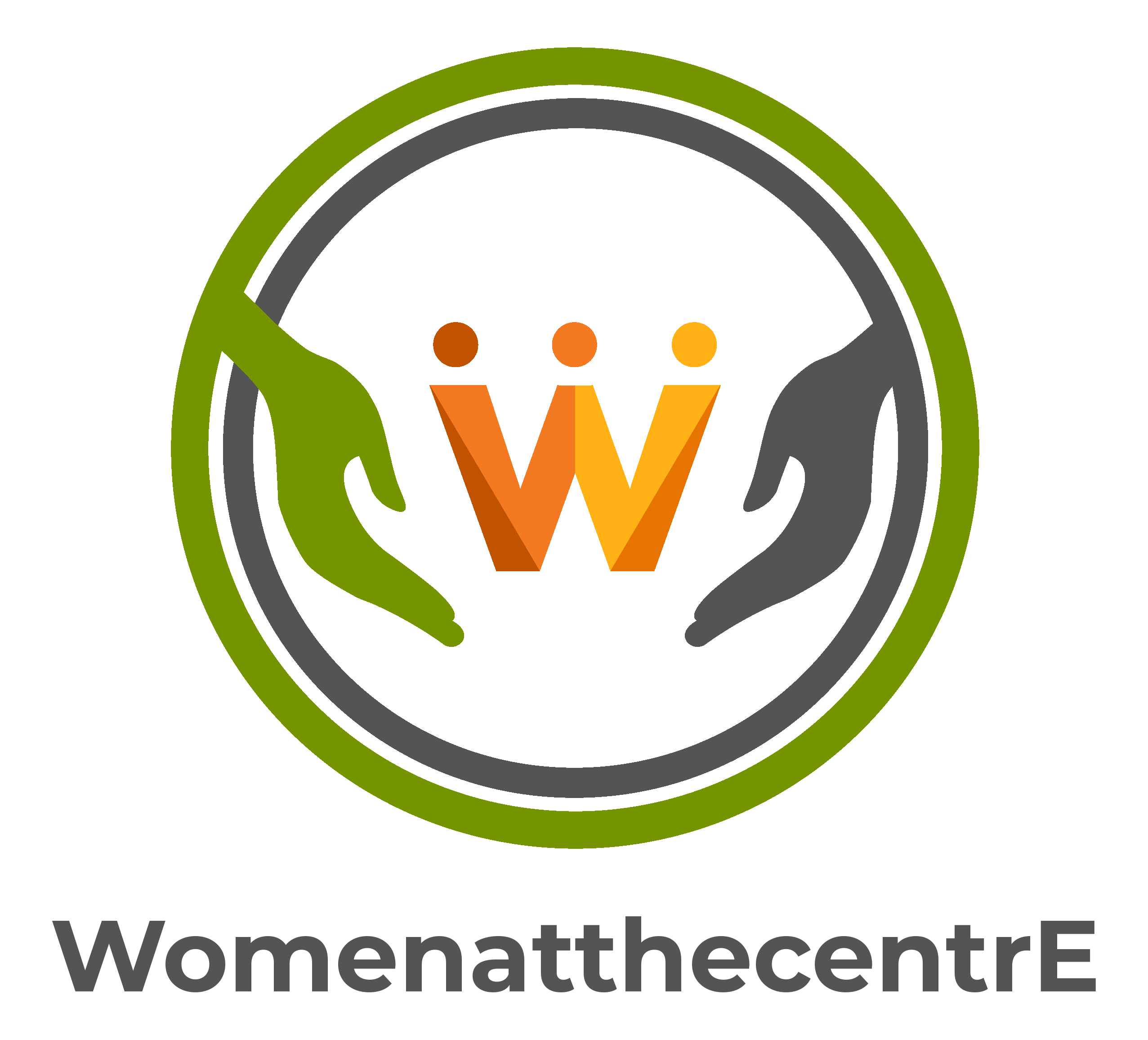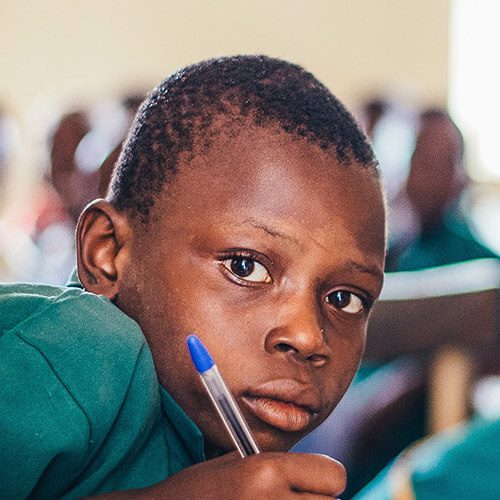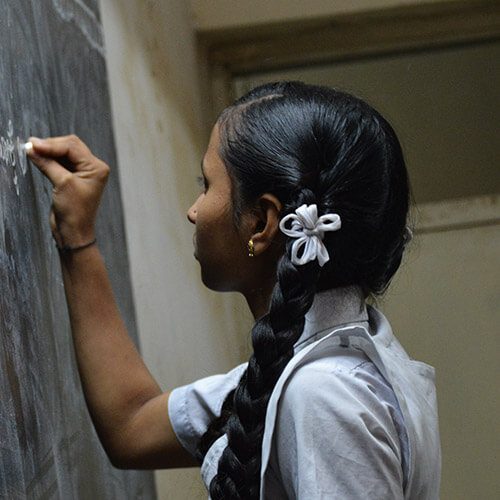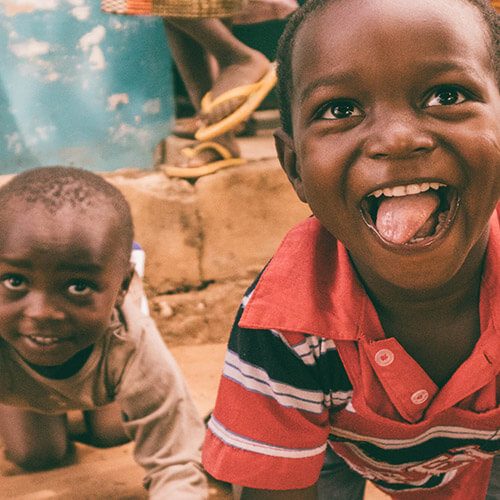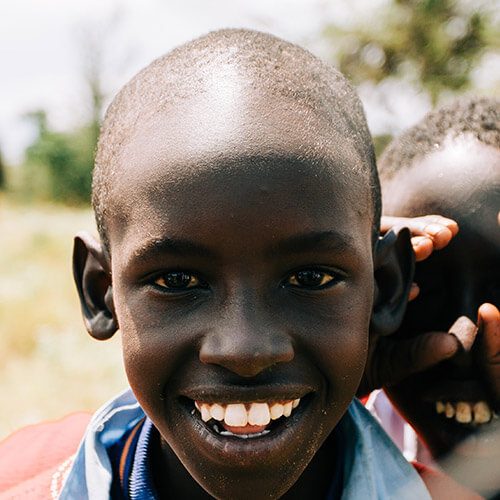Fact: Human trafficking affects people of all genders, including men and 2SLGBTQIA+ individuals.
Fact: Human trafficking occurs across Canada in both urban and rural communities.
Fact: Seeking prescribed medication for mental health or accessing counselling/psychotherapy can greatly benefit many survivors. Seeking help is a sign of strength, and every individual’s healing journey is unique.
Understanding the Complexities of Exiting #
Traffickers use different tactics to control and manipulate, including isolation, dependency, and abuse – emotional, psychological, financial, and physical. They create a bond or attachment with the survivor, making it difficult to recognize the harm and seek help. Survivors often feel powerless, controlled, and unsure of how to leave or where to turn.
Exiting a trafficking situation involves overcoming personal, systemic, and social barriers. Personal barriers include (and are not limited to) shame, stigma (in the form of self-criticism), trauma, mental health or substance use issues, and a lack of awareness or access to supports. Systemic barriers include poverty, lack of affordable housing, a criminal record, navigating harmful systems that are not properly equipped or trained to support survivors, and discrimination from service providers. Social barriers include shame and stigma from the community, a lack of understanding about trafficking, and broken relationships with support networks due to traffickers isolating survivors. Survivors may fear that their families and friends won’t help, further complicating their ability to leave. Traffickers exploit these barriers to maintain control and prevent escape (Centre to End Human Trafficking, 2021, p. 37-40).
